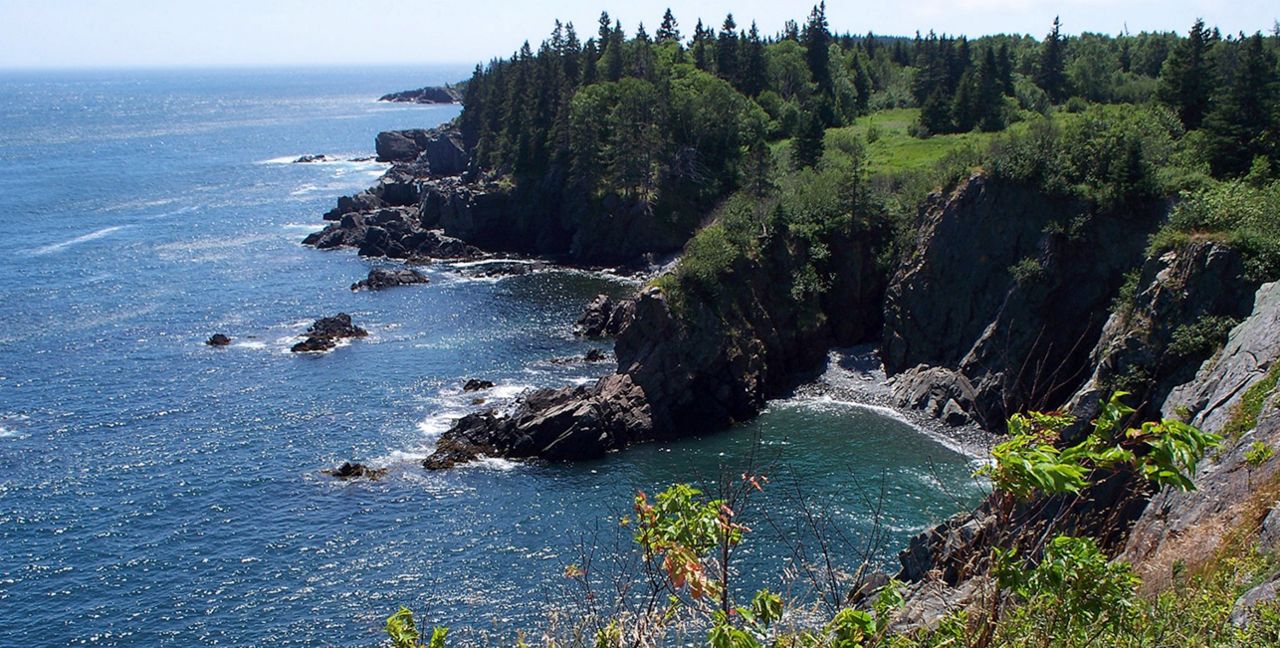Environmental groups are applauding a new state law that will allow for the creation of more biodiversity conservation areas to protect habitats and aid in climate adaptation across Maine.
Governor Janet Mills signed a bill Tuesday to raise the limits on the acreage of ecological reserves the state Bureau of Parks and Lands can acquire and manage.
The BPL currently manages 97,000 acres across 19 reserves, under the previous cap of 100,000, according to the Natural Resources Council of Maine or NRCM. These sites are scattered throughout Downeast, western and northern Maine.
The new limit is 115,000 acres. Advocates say it will help protect key new areas, especially in southern Maine, which currently lacks any reserves and the habitat protection they provide.
“The best way to maintain biodiversity is to keep good examples of all the pieces of the puzzle,” said Maine Audubon conservation director Sally Stockwell in a press release. “Maine's Ecological Reserve System creates a vital network of biologically and geographically diverse lands that over time will protect the natural communities our plants and animals need.”
The state already allows primitive camping, public education, non-motorized recreation and “non-manipulative scientific research” in its ecological reserves. This bill adds another allowed use: “gathering of materials for cultural and traditional use” by Wabanaki tribe members.
The state’s climate action plan aims to increase the amount of conservation land in Maine from a roughly 20% baseline in 2019 to 30% by 2030. Grasslands, wetlands and forests absorb the carbon emissions that are warming the planet. NRCM, in its press release, says ecological reserves store an average of 30% more carbon per acre than managed forests in Maine.





